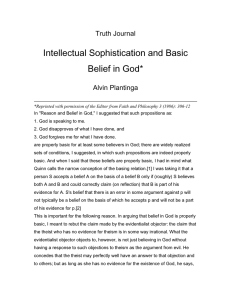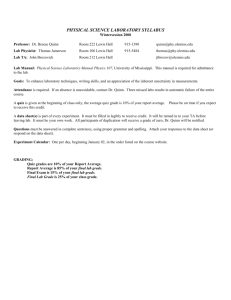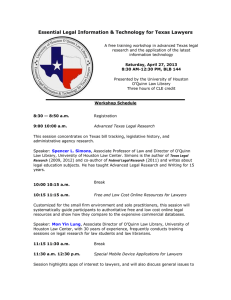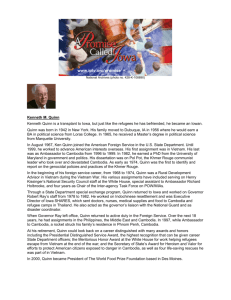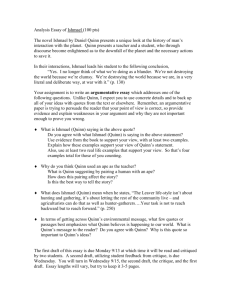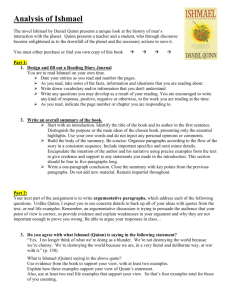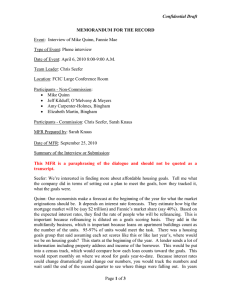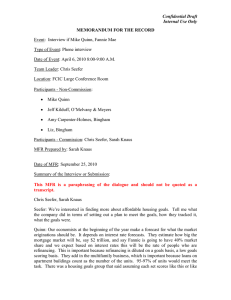Patterns of Organization
advertisement
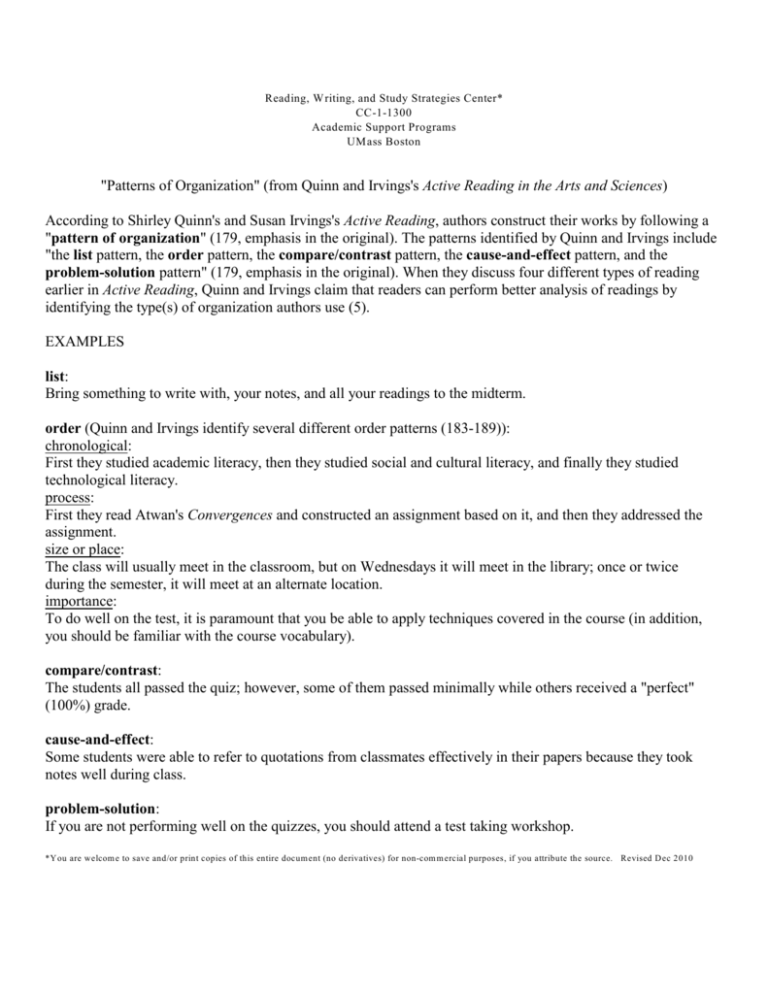
Reading, W riting, and Study Strategies Center* CC-1-1300 Academic Support Programs UMass Boston "Patterns of Organization" (from Quinn and Irvings's Active Reading in the Arts and Sciences) According to Shirley Quinn's and Susan Irvings's Active Reading, authors construct their works by following a "pattern of organization" (179, emphasis in the original). The patterns identified by Quinn and Irvings include "the list pattern, the order pattern, the compare/contrast pattern, the cause-and-effect pattern, and the problem-solution pattern" (179, emphasis in the original). When they discuss four different types of reading earlier in Active Reading, Quinn and Irvings claim that readers can perform better analysis of readings by identifying the type(s) of organization authors use (5). EXAMPLES list: Bring something to write with, your notes, and all your readings to the midterm. order (Quinn and Irvings identify several different order patterns (183-189)): chronological: First they studied academic literacy, then they studied social and cultural literacy, and finally they studied technological literacy. process: First they read Atwan's Convergences and constructed an assignment based on it, and then they addressed the assignment. size or place: The class will usually meet in the classroom, but on Wednesdays it will meet in the library; once or twice during the semester, it will meet at an alternate location. importance: To do well on the test, it is paramount that you be able to apply techniques covered in the course (in addition, you should be familiar with the course vocabulary). compare/contrast: The students all passed the quiz; however, some of them passed minimally while others received a "perfect" (100%) grade. cause-and-effect: Some students were able to refer to quotations from classmates effectively in their papers because they took notes well during class. problem-solution: If you are not performing well on the quizzes, you should attend a test taking workshop. *Y ou are welcom e to save and/or print copies of this entire docum ent (no derivatives) for non-com m ercial purposes, if you attribute the source. Revised D ec 2010
